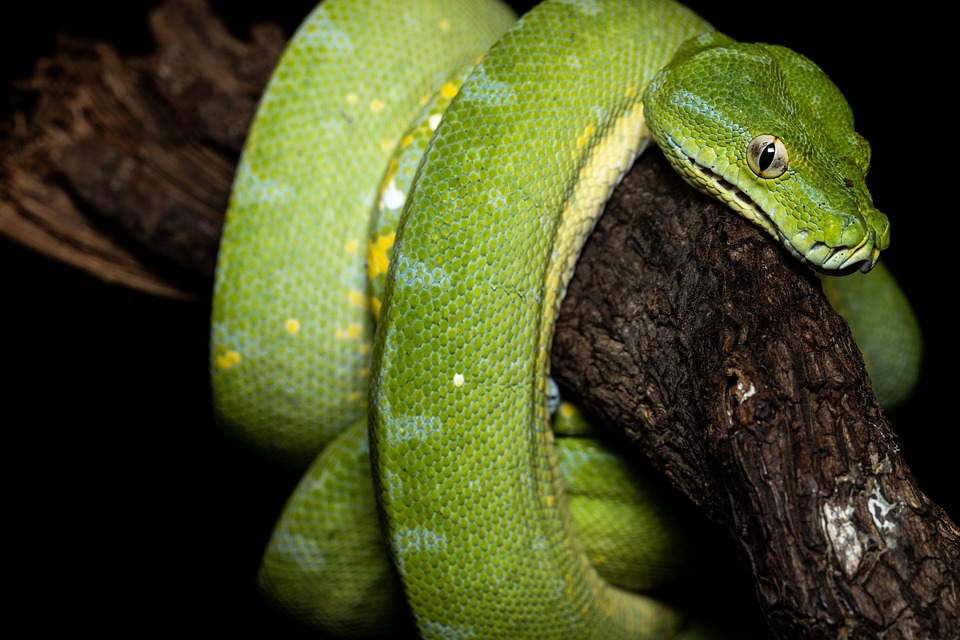
Did you know that there are caterpillars on our planet that possess venomous spines covered in hair? Despite their fascinating appearance, these little creatures can cause quite a bit of harm to the unsuspecting individual. Within this article, we will take a closer look into the fascinating world of venomous hairy caterpillars.
Introduction to Venomous Hairy Caterpillars
Most caterpillars are harmless, but some species have developed a unique defense mechanism – venomous hairs or spines. These structures not only make them unpalatable to predators but can also cause irritation or severe allergic reactions in humans. So, it’s essential to identify and avoid contact with these creatures while enjoying the outdoors.
Common Venomous Hairy Caterpillar Species
There are several venomous hairy caterpillar species that you might encounter in different parts of the world. Some of the most common ones include:
- Puss Caterpillar (Megalopyge opercularis): Found in the southern United States, the puss caterpillar is one of the most venomous caterpillars in North America. Its hairy appearance gives it a deceptive look, but the venomous spines hidden beneath its hair can deliver a painful sting.
- Hickory Tussock Caterpillar (Lophocampa caryae): Native to eastern North America, the hickory tussock caterpillar has black, brush-like tufts of hairs, with venomous spines hidden among them. Contact with these hairs can cause localized pain and swelling.
- Io Moth Caterpillar (Automeris io): These caterpillars have bright green bodies covered in venomous spines and are found in the eastern United States and Canada. The spines can deliver a painful sting, causing pain, itching, and redness at the site of contact.
- Giant Silkworm Moth Caterpillar (Lonomia obliqua): Found in South America, this species is the most dangerous venomous caterpillar in the world. Its venom can cause complications like internal bleeding, kidney failure, and even death if not treated promptly.
First Aid and Treatment for Caterpillar Stings
If you suspect that you have been stung by a venomous caterpillar, it’s important to take immediate action:
- Wash the affected area with soap and water to remove any remaining caterpillar hairs or venom.
- Apply ice or a cold pack to reduce pain and swelling.
- Take pain relievers (such as ibuprofen) and antihistamines (such as diphenhydramine) to alleviate pain and itching.
- Seek medical attention if the reaction is severe or if pain and swelling continue to worsen.
Prevention Tips
Preventing contact with venomous caterpillars is the best way to avoid their painful stings. Here are some simple tips to follow:
- Learn about the venomous caterpillar species native to your area and how to recognize them.
- Avoid handling caterpillars, even if they appear harmless.
- Wear gloves, long sleeves, and long pants when working in areas where venomous caterpillars may be present.
- Keep an eye out for caterpillars and their nests while hiking or walking through wooded areas.
Conclusion
The world of venomous hairy caterpillars is an intriguing aspect of nature that showcases the incredible defense mechanisms developed by some species. By understanding these fascinating creatures, we can better protect ourselves from potential harm while continuing to appreciate the diverse world of insects.
Frequently Asked Questions (FAQs)
Can venomous caterpillars kill you?
Most venomous caterpillar species only cause painful, localized reactions. However, the giant silkworm moth caterpillar (Lonomia obliqua) can be fatal if not treated promptly, as its venom can cause severe complications like internal bleeding and kidney failure.
What are the symptoms of a caterpillar sting?
Common symptoms include pain, itching, redness, and swelling at the site of contact. In some cases, more severe reactions may occur, such as difficulty breathing, rapid heartbeat, nausea, and vomiting. If you experience these symptoms, seek medical attention immediately.
How long do caterpillar sting symptoms last?
Most symptoms from a caterpillar sting will resolve within a few hours to a few days with proper at-home treatment. However, if symptoms persist or worsen after a few days, it’s essential to seek medical care.

No responses yet